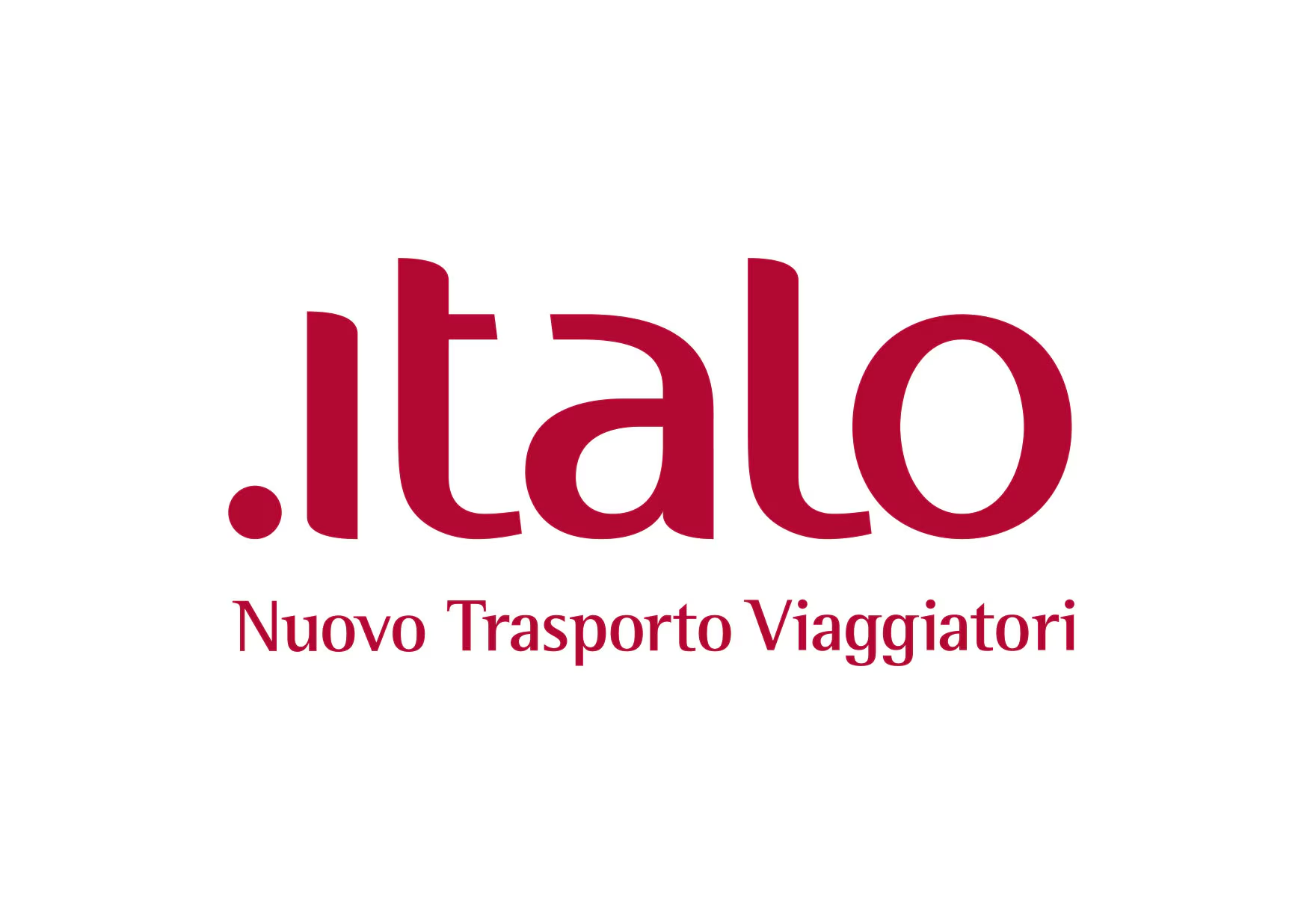
You can buy train tickets directly from the operator or through a reseller. The reseller is typically slightly more expensive (3-5%) but can provide an easier booking experience, especially if you travel with more than one operator.


These operators provide a complete journey either as a direct connection or through their partners. Even if a change of trains is involved, it’s all part of a single itinerary managed by the same train company or its partners, offering a smoother and more coordinated travel experience.

Some operators don’t run direct trains the whole way, but they serve either the departure or arrival station. In many cases, you can combine two of these operators to complete your journey by changing trains along the way. This is often a flexible and budget-friendly way to travel — especially if you’re comfortable piecing together your own itinerary.
Just keep in mind that these are separate journeys, which means a delay on the first leg could cause you to miss the second without automatic compensation or rebooking. It’s a great option for confident travelers who don’t mind a bit of extra planning.



Flixbus is primarily known as a long-distance bus service rather than a traditional rail operator. However, they may provide connections through partnerships with other rail companies or offer intermodal travel options combining bus and train services. In general, Flixbus is recognized for its extensive network across Europe, providing affordable transportation options for travelers, though these primarily involve bus travel rather than trains.
While Flixbus itself does not operate trains, they are known for offering convenient booking services and a focus on delivering budget-friendly travel solutions. On their buses, travelers typically find amenities such as free Wi-Fi, power outlets, comfortable seating, and onboard restrooms, aiming to enhance passenger comfort during journeys. For travelers connecting to train services through partnerships, train amenities will vary depending on the specific rail operator involved in the service. This could include offerings like different seating classes, dining options, and other comfort features typical of European train travel.
In terms of customer support, Flixbus provides a variety of services aimed at helping travelers, including a customer service hotline and an informative website where travelers can book tickets, check travel schedules, and find answers to frequently asked questions. Their user-friendly mobile app also allows passengers to book and manage their travel arrangements on the go, providing real-time updates and support.
For a traveler looking to go from Hamburg to Rome specifically by train, it would be beneficial to explore options involving actual rail companies such as Deutsche Bahn in Germany or Trenitalia in Italy, which physically operate the train services. Due diligence is essential to ensure an optimal travel experience, particularly if combining different modes of transportation through operators like Flixbus that facilitate connections rather than direct train operations.
The Interrail Global Pass is valid for traveling by train from Hamburg to Rome if the traveler is a resident of an EU country other than Germany or Italy, as the pass covers multiple countries including Germany and Italy. The Interrail One Country Pass is not valid for this journey as it covers travel within only one specific country and this route spans multiple countries. The Eurail Global Pass is valid for this route for travelers who are not residents of the EU, as it allows non-EU residents to travel across multiple European countries, including Germany and Italy.
Arriving in Rome by train, you’ll likely find yourself at Termini Station, the city’s main transport hub. From here, the metro is a convenient option for quickly traversing longer distances. Rome has two main metro lines, A (orange) and B (blue), intersecting at Termini. Line A runs from Battistini to Anagnina, passing through significant spots like the Vatican (Cipro station) and Spanish Steps (Spagna station). Line B stretches from Laurentina to Rebibbia and offers stops near the Colosseum (Colosseo station). Tickets are affordable and can be purchased at stations or in tabacchi (tobacco shops).
For above-ground travel, trams and buses cover a wider network that includes neighborhoods and areas not served by the metro. Tram line 8 is particularly useful as it traverses from Piazza Venezia to Trastevere, an area brimming with restaurants and nightlife. Rome’s buses can be crowded but they service every nook of the city, so they’re ideal for reaching destinations away from the metro or tram lines. Tickets for trams and buses are the same as the metro and need to be validated upon boarding.
Taxis can be hailed on the street, found at designated ranks, or requested via radio taxi services. Licensed taxis are white with a “TAXI” sign on top and carry a meter. It’s advisable to clarify the fare estimate before embarking, as direct routes can help manage costs.
For a more modern approach to local transport, ridesharing services like Uber have a presence in Rome, albeit with limited availability compared to taxis. The app-based service allows easy ride-booking and payment but expect higher costs than public transport options. These various modes of transportation collectively make navigating Rome efficient and accessible, catering to diverse preferences and schedules.
Rome, as a central hub in Italy, is well-connected by train to many domestic and international destinations due to Italy’s robust railway network, primarily operated by Trenitalia and Italo. Domestically, one of the most popular routes is Rome to Florence, which takes approximately 1.5 hours on a high-speed train, offering travelers a quick trip to Tuscany’s capital. Another frequently traveled route is from Rome to Milan, Italy’s financial hub, with high-speed trains completing the journey in about 3 hours. Naples is another common domestic destination, reachable in just over 1 hour on a high-speed train, making it an easy day trip to explore the vibrant city at the foot of Mount Vesuvius.
For international rail connections, Rome is linked to major cities such as Paris and Munich. The route to Paris involves a scenic journey, often requiring a transfer in Milan or Turin, with a total travel time of around 11 to 12 hours. Similarly, travelers can reach Munich by a combination of trains, typically requiring a change in Bologna or Verona, taking roughly 9 to 10 hours in total. While direct trains to international destinations are less common, these connections allow for seamless travel across the European rail network. These train routes offer comfortable travel with beautiful views, making them a popular choice among both domestic and international travelers.
The best time to visit Rome is generally during the spring months of April to June and the fall months of September and October. During these periods, the weather is mild and pleasant, making it ideal for exploring the city’s historic sites and vibrant neighborhoods on foot. Additionally, these months typically offer a balance in terms of pricing and crowd levels, as they fall between the peak tourist season of summer and the quieter winter months. In spring, you can enjoy events such as the Rome Marathon and Easter celebrations, while in the fall, the city hosts cultural festivals and the highly anticipated Rome Film Festival. Traveling by train during these shoulder seasons also enhances the experience, as you can avoid the high numbers of tourists that flock to the city in summer, leading to more available seat options and potentially lower rail fares.
When traveling from Hamburg to Rome by train, it’s important to pack essentials for both the journey and your time in Rome. Make sure to bring a valid passport or national ID card for identification, as Germany and Italy are both in the Schengen Area but travelers should always have identification. Carry a European Health Insurance Card (EHIC) for health coverage within the European Union, along with travel insurance documents. Pack a universal power adapter since Italy uses the Type L plug, which might differ from what you’re used to in Germany if your devices are not compatible. Include a portable power bank to keep your devices charged during the journey. Bring comfortable clothing and footwear suitable for changing weather, along with a travel pillow and blanket for comfort on the train. Don’t forget a reusable water bottle and snacks to stay refreshed. For entertainment, have a book, e-reader, or download movies and music on your smartphone or tablet before leaving. Pack a language guidebook or translation app to assist with communication in Italian. Additionally, a detailed itinerary, maps, or a smartphone with offline maps will help navigate upon arrival. Consider bringing a camera or smartphone with a good camera to capture memories. It’s wise to have a small first-aid kit and any prescription medications you may need. Lastly, don’t forget local currency (Euro) for small purchases and a credit or debit card for larger transactions.